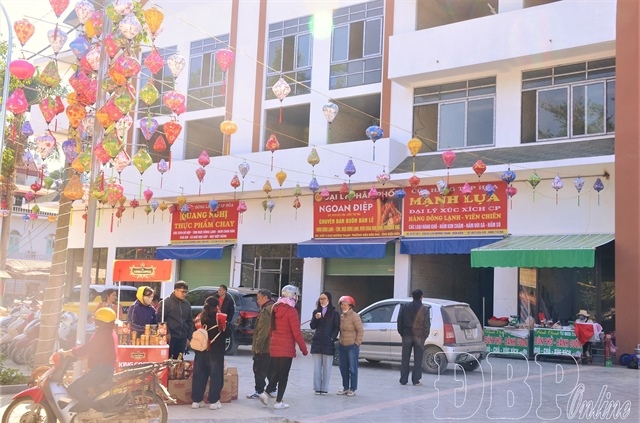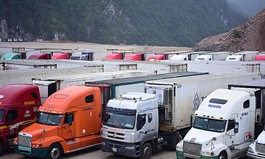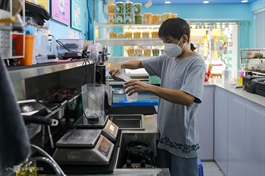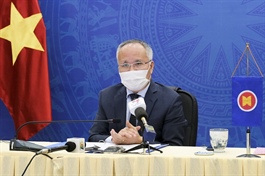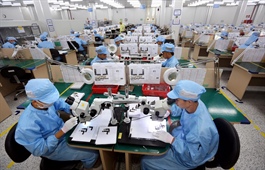Vietnam leaves behind poverty, hunger to become major global trader
Vietnam leaves behind poverty, hunger to become major global trader
Before the August 1945 Revolution, Vietnam suffered poverty and hunger. Seventy-six years later, Vietnam has become a global exporter of goods boasting trade turnover of hundreds of billions of US dollars per year.
Vietnamese goods abroad
Seventy-six years after independence, Vietnamese goods, especially agricultural products, are available all over the world. The development of the Vietnamese restaurant scene and cuisine in many countries has created demand for processed ingredients imported from Vietnam.
In France, most cities have Asian and Vietnamese supermarkets, such as the Thanh Binh-Jeune Supermarket in Paris or the Tien Hung Supermarket in Strasbourg. Vietnamese agricultural products and processed foods such as rice, rice paper, spring rolls, and fish sauce, have also appeared on the shelves of French supermarket chains like Auchan or Carrefour.
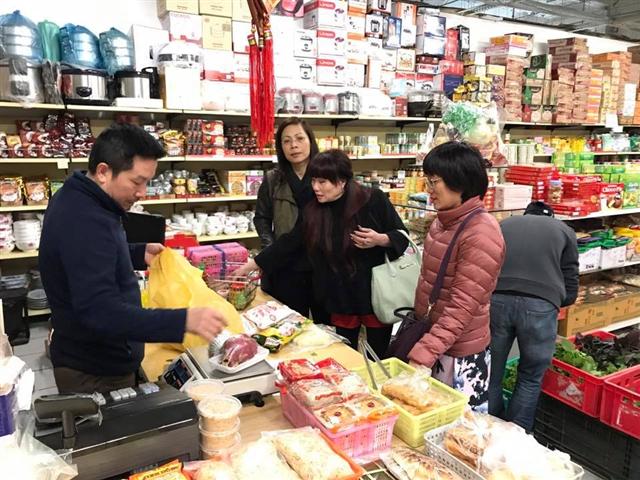
Vietnamese people buy Vietnamese goods at a supermarket in Germany
|
In Germany and the Czech Republic, the Dong Xuan market (in Berlin) and Sapa Market (in Prague) serve the many overseas Vietnamese working, studying and living there. These and other centers have become a gateway for Vietnamese goods into European markets. The specialty markets feature cheaper Vietnamese products than those sold at other supermarkets, attracting both overseas Vietnamese and local residents.
With Vietnam emerging as a workshop for major global manufacturers, “Made in Vietnam” goods have become increasingly popular. Foreign consumers easily come across apparel, technology and electronic components originating from Vietnam. These items are often of the same quality as products made in other countries, but are cheaper.
Trade promotion
The success is attributed to efforts of the trade promotion section or trade offices who act as the bridge for Vietnamese products to foreign markets. Among their most important tasks are to provide information on import and export policies in the host country, support Vietnamese businesses in learning about foreign markets and help them sign contracts with foreign partners.
Vietnam currently has 57 trade offices and seven branches under the management of the Ministry of Industry and Trade, spread out in major regions around the world. Their tasks are to help domestic businesses verify information about partners in these areas, settle disputes, and advise businesses on legal issues before signing cooperation agreements.
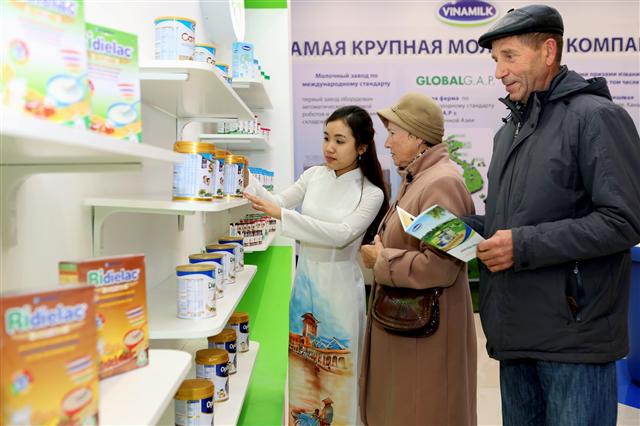
Residents of other countries learn about Vietnamese goods in their own homeland
|
Amid the complicated developments of the Covid-19 pandemic disrupting global supply chains and restricting travel, the Vietnamese trade offices abroad have also played a vital role in organizing online trade promotion activities and trade fairs to introduce and promote Vietnamese products to local importers.
Vietnam's 2020 export turnover reached US$281.5 billion. In the first seven months of 2021, export revenues reached US$185.33 billion, with the United States retaining the top spot as Vietnam’s largest importer with turnover hitting US$53.6 billion, followed by China with US$28.7 billion, the European Union US$22.5 billion, ASEAN US$16.1 billion, the Republic of Korea US$12 billion, and Japan US$11.7 billion.
|
From a poor, backward country with insufficient production output for domestic consumption, Vietnam is turning itself into one of the world’s strong producers and exporters and is the destination of many foreign-invested enterprises. |


